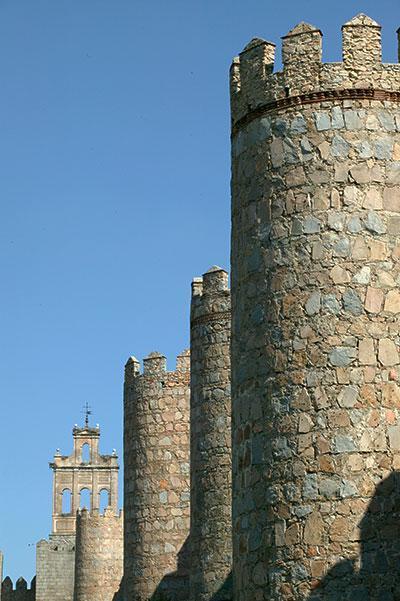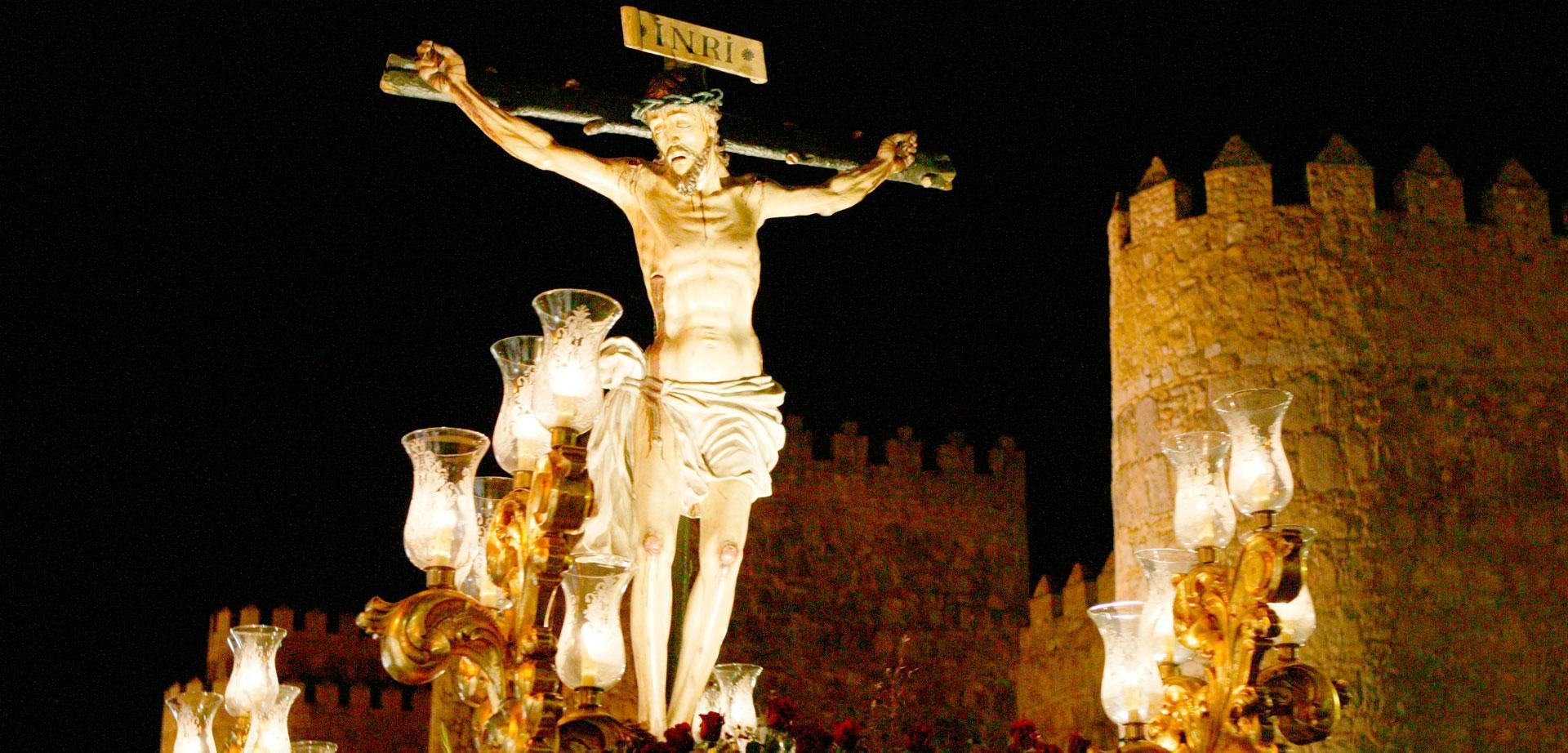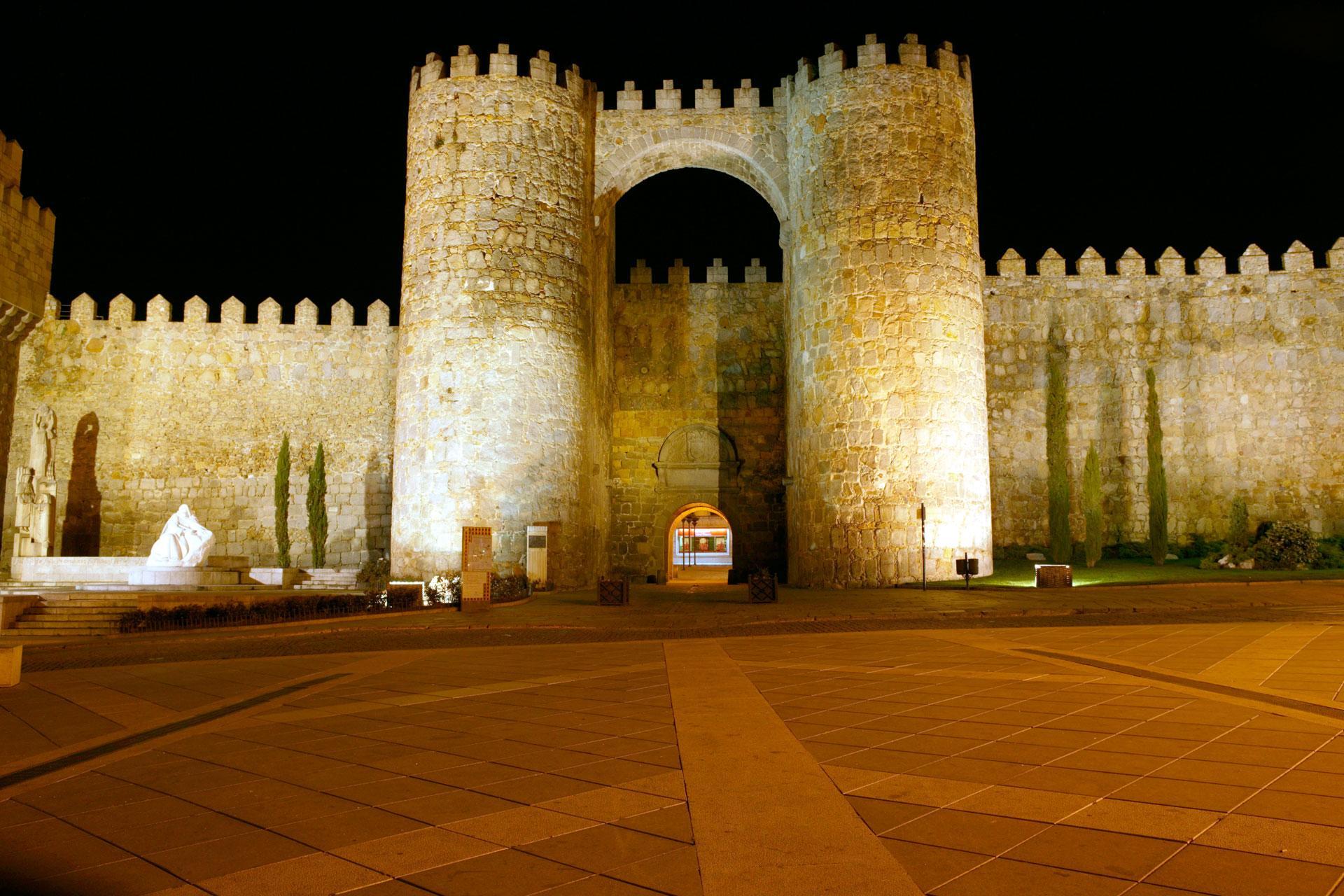Travelling to Spain can be a good chance for anyone to visit the medieval walled city of Ávila, in the heart of the old Kingdom of Castile. A city that was the birthplace of great characters, as Saints Teresa of Jesus (Santa Teresa de Jesús) and Saint John of the Cross (San Juan de la Cruz).
Ávila de los Caballeros, Ávila del Rey is the capital of one of the nine provinces in the Autonomous Community of Castile and Leon. Placed alongside the river Adaja, is 113 kilometres from Madrid, capital of Spain, and perfectly communicated with the same.
An old saying holds that Ávila is “Land of Stones and Saints”. Of Stones, due to the rigor of the proper land, sober and granitic, austere and unyielding, consistent with the solemnity of mysticism and meditation, and with the hardness of the temple of war. Of Saints, because of the number and importance of them, as Saints Teresa of Jesus (Santa Teresa de Jesús) and Saint John of the Cross (San Juan de la Cruz).
 UNESCO declared the city of Ávila as “ World Heritage” in recognition to the great importance of its monuments, treasures of a city that beautifully synthesizes the old Castilian spirit, where the military and sacred advanced together, inseparably. Its walls, churches, palaces,…, are the reflect of an enormously rich past, which has also let its legacy in beautiful traditions. Example of these traditions are, its Easter and all these events celebrated around it, being currently considered by the Government of Spain, since 2014, as “International Touristic Interest”.
UNESCO declared the city of Ávila as “ World Heritage” in recognition to the great importance of its monuments, treasures of a city that beautifully synthesizes the old Castilian spirit, where the military and sacred advanced together, inseparably. Its walls, churches, palaces,…, are the reflect of an enormously rich past, which has also let its legacy in beautiful traditions. Example of these traditions are, its Easter and all these events celebrated around it, being currently considered by the Government of Spain, since 2014, as “International Touristic Interest”.
Ávila, for its inhabitants and for anyone who visit us, is considered like “Castellana Jerusalem” for its geographical similarity with the city where our Lord Jesus Christ lived his passion, death and resurrection.
After many events celebrated during Lent, with exhibitions, days of sacred music, conferences,…, Easter in Ávila has 14 fraternities, sororities or patronages, that integrated into the “Junta de Semana Santa” (Board of Easter), organize 16 spectacular parades, starting them on Good Friday and finishing on Easter Sunday, covering every day of the week, even some of them with two or three parades.
Thirty eight images and large group of sculptures, curved by great sculptors, accompanied by centennial penitential fraternities, which retain their primitive roots in the pure Castilian feel, represent, in the cobbled streets , the Passion of Christ, following with an old tradition, whose origin was in 1540, when the “Ilustre Patronato de la Santa Vera Cruz” (Distinguished Patronage of Santa Veracruz)organized the first of the parades that initiate the wide history of those that form nowadays Easter in Ávila, where austerity, meditation, silence and the beautiful framework whereby the processions walk, make an Easter worthy to behold for the faithful who gather, by thousands, on sidewalks, some belonging to the city and others coming from anywhere in the world.
Describing the penitential parades in Ávila, is conveying the emotion of moments, that become recorded in the retina of the onlookers who, those days, come to the old city that was the birthplace of Saint Teresa of Jesus. The slow walking of images and brothers, the bearers and pallbearers, who carry the images accompanied by the sounds of amazing bands, the shadow of crucified and Nazarenes, reflected on the walls, candles and lanterns of the Nazarenes, the chant of the Miserere, the meeting between Jesus and his Mother at the doors of the cathedral at Easter Monday night, Via Matrix, with its readings in different places of the city, Via Crucis, around the Walls, with more than ten thousands followers accompanying to “Cristo de los Ajusticiados” (Christ of the Executed), in the dawning of Good Friday, make Easter in Ávila, a special Easter, which is said to be contemplating all its parades, since each one is different from the previous and the next.
These are days in which more rooted traditions come together in a deep devotion. To this visit, we must add the rich cuisine in Ávila, traditional throughout the year, but in these days, gives us the special flavor of flowers, pancake and hornazo, accompanied, as beverage, for the traditional lemonade.


 DE
DE  PL
PL  PT
PT  FR
FR  ES
ES 